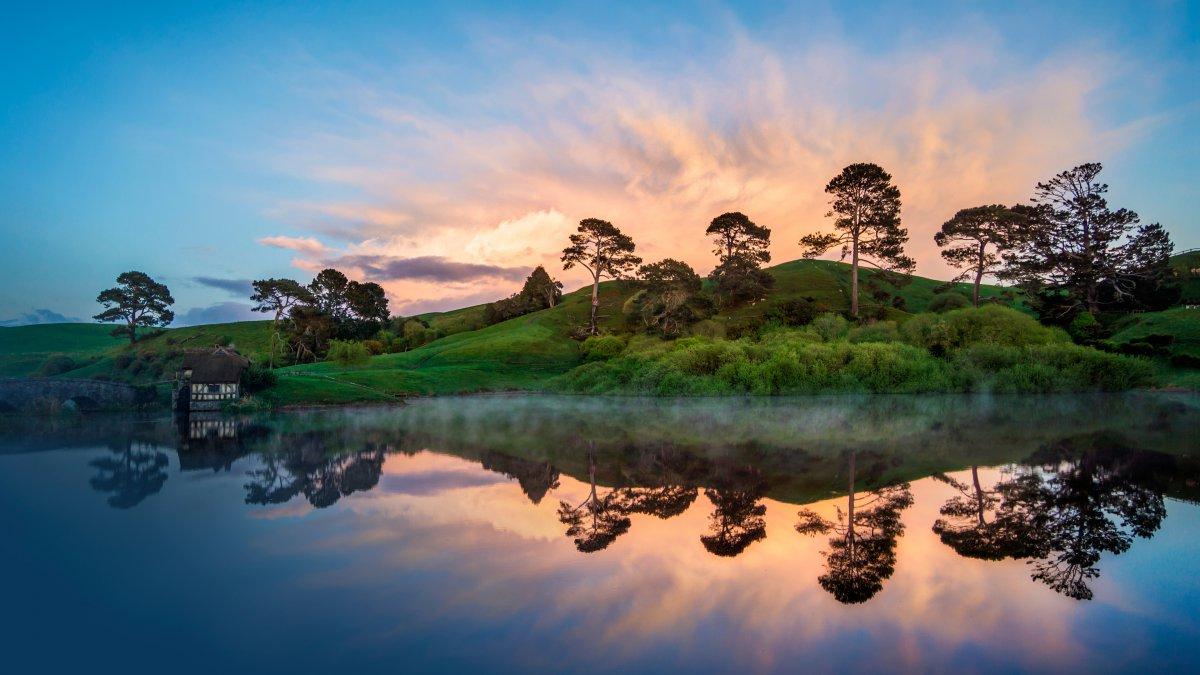Uncovering the Rich and Diverse Culture in Argentina
Argentina, the second-largest country in South America, is home to many cultures, histories, and traditions. From the Andes Mountains to the beaches of Mar del Plata, Argentina offers visitors a truly diverse experience. In this article, we will explore the different aspects of one of Latin America’s most captivating cultures.
The Tango: A Dance of Passion and Sentimentality
The tango, the national dance of Argentina, is a passionate and emotional dance that reflects the diverse cultural influences in the country. It was born in the poor neighborhoods of Buenos Aires during the late 19th century, and it quickly gained popularity among the working-class population. Over the years, the tango has evolved into a highly sophisticated form of dance that incorporates elements of African, indigenous, and European cultures. Today, tourists can watch live tango performances in many parts of Argentina, including Buenos Aires, Mendoza, and San Juan.
Gaucho Culture: A Symbol of Argentine Identity
The gaucho, the cowboy of the Pampas, is another iconic figure of Argentine culture. Gaucho culture emerged in the early 19th century when rural Argentina was still sparsely populated. The gauchos were excellent horsemen who roamed the vast pampas, hunting wild game and raising cattle. The gaucho way of life has influenced Argentine cuisine, music, and attire. Today, visitors can experience the gaucho culture by attending a traditional asado (barbecue) or visiting one of the many estancias (ranches) located throughout the countryside.
Art and Architecture: A Fusion of Styles
Argentina’s architectural landscape is a reflection of the country’s complex history. In Buenos Aires, for example, one can see a mix of colonial, Art Nouveau, and art deco buildings that form the city’s unique skyline. The city is also home to some of the world’s most renowned art museums, including the Museo Nacional de Bellas Artes and the MALBA (Museo de Arte Latinoamericano de Buenos Aires), which showcase works by famous Argentine artists such as Antonio Berni, Xul Solar, and Benito Quinquela Martin.
Cuisine: A Celebration of Flavors and Traditions
Argentine cuisine is a blend of European and indigenous culinary traditions. It is characterized by its high-quality meat dishes, empanadas (meat-filled pastries), and alfajores (crumbly cookies filled with dulce de leche). Argentine wine is another popular commodity that is exported worldwide. Visitors can immerse themselves in the culinary traditions of Argentina by visiting local markets, trying traditional dishes, and taking cooking classes.
Conclusion
Argentina is a country that offers a unique cultural experience to visitors. Its diverse history and traditions are reflected in its art, architecture, music, dance, and cuisine. By immersing oneself in Argentine culture, one can gain a deeper understanding of the country’s socioeconomic and political context. Whether it’s exploring the streets of Buenos Aires, dancing the tango, visiting a traditional estancia, or sampling Argentine wine and cuisine, there is something for everyone who wishes to uncover the rich and diverse culture in Argentina.
(Note: Do you have knowledge or insights to share? Unlock new opportunities and expand your reach by joining our authors team. Click Registration to join us and share your expertise with our readers.)
Speech tips:
Please note that any statements involving politics will not be approved.
